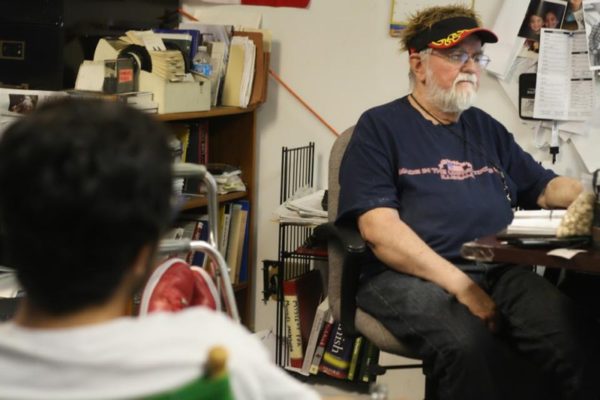The Hispanic Link archives project: Four decades of Latino political and news history worth preserving online for the future
|
Before alternative news media outlets like the Huffington Post provided an outlet for communities to tell their stories to a national audience, Hispanic Link News Service acted on behalf of the Latinos nationwide by covering political news through a Latino lens. Started in February 1980 in the basement of a Washington, DC apartment building by veteran journalist and editor Charlie Ericksen, the Link provided over 30 years more than 5,500 columns and broke the national op/ed-page barrier of nationally syndicated newspapers. While Ericksen edited and mentored dozens of talented young Latino journalists in his downstairs newsroom, his wife, companion and Link cofounder, Sebastiana, provided emotional and physical sustenance to scores of “Linkies,” until her unexpected death several years ago. Until it stopped publishing in 2015 when Ericksen, in his 80’s, retired and moved to Southern California to be close to his children, the scrappy sometimes irreverent but always fact-filled and insightful newsletter often took to task the politically well-connected and powerful, including mainstream news media leaders, for ignoring this growing group’s issues, interests and contributions. Now his sons, Carlos and Hector Ericksen-Mendoza, are intent on preserving and making available online all of the Link’s work, including columns, newsletters, taped interviews and photographs.


